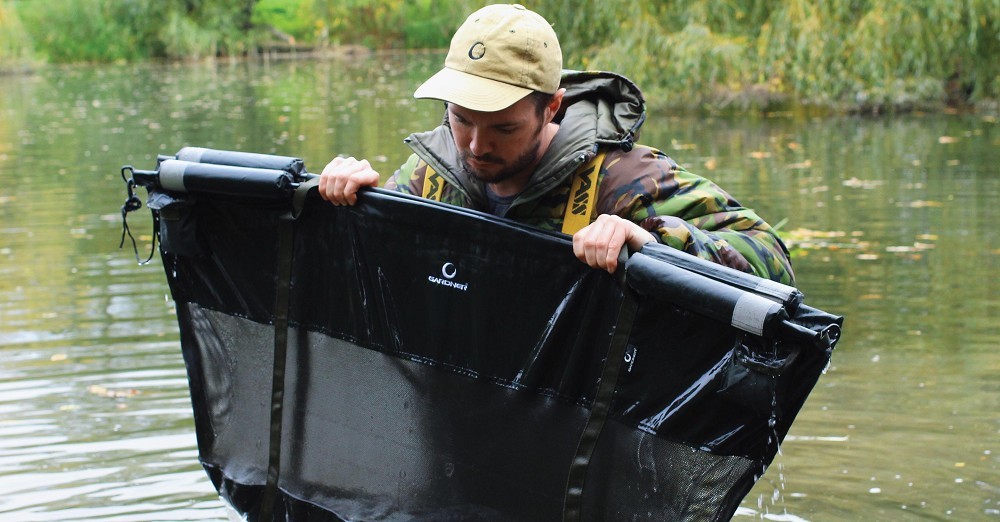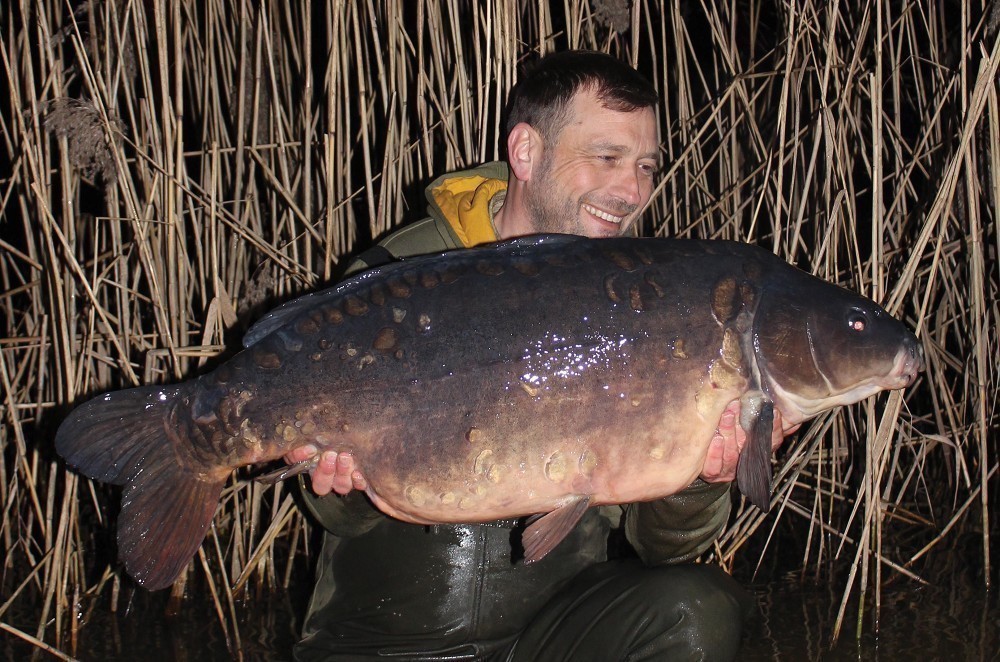
Should you ever sack fish?
If your fishery allows, would you/do you sack fish? If yes, then what is the maximum length of time, and are there any circumstances in which you would never sack a fish, even a new PB?
Jon McAllister
“LET’S MAKE NIGHT SHOTS THE NEXT COOL THING!”
“Whether it be in a sack or your modern-day retaining sling, I would only ever temporarily retain a fish for a short period of time; maybe to get a friend down to take pics or to collect my photographic equipment from the van. Catching a fish at around 10pm and waiting for someone to come down the lake to do pics at 08:30am is bang out of order! There is no excuse for this whatsoever, especially when there are other people around who can use a camera.
“I do not like seeing pics of retainers in early dawn shots, it’s not carpy, you’re not cool! You are advocating a risky process and giving a signal to others that it’s okay to do so. Retainers are for “temporarily” retaining a fish. They were only designed originally to get around a “no sacking” policy, as it’s not a sack. Magazines should use night shots on their cover images more often and make night shots the next cool thing!”
Craig Mortimer
"For the less amount of time"
“This is something I try to avoid where possible. I’m not saying I’m against it because I have and do retain fish, normally when waiting for a mate that’s on the lake to come and take a picture, or if I have caught it at first light and waiting for the sun to come up for better light conditions. I will not retain a fish any longer than a couple of hours, even if it is a PB. Fish safety will always come first for me. Cameras and lenses are so good that even night shots can come out really nice.”
Martin Locke
"Keep calm and composed"
“Regardless of fishery rules allowing sacking of fish, there is absolutely no way myself or anyone I know ever sacking, or as it’s now known: ‘retaining’ a fish for a minute longer than necessary to take the pictures and get it back in the water. When a biggie has been landed, it’s fair to say that there’s a lot of extra adrenalin and excitement about the swim; there’s no problem with that, it’s why we do it, but it’s easy for a few more minutes than normal to slip by. Some calmness is often needed, often by another angler, not the captor, who can often be caught up in the ‘moment’ of what might well be the capture of a lifetime.
“First and foremost we have a massive responsibility of the care of all our fish. The bigger and older that they are, coupled with the conditions, very warm or very cold, we must never forget these fish are being put under undue and unnatural stresses so should be dealt with as swiftly and sensibly as possible.
“The longer a fish is retained, it gets lots of energy back and ends up having to lay covered up on the mat for several minutes ‘gasping for air’ to ‘calm down’ enough for us to pick it up for our pictures, again, are we being fair to the fish? Of course not.
“As I see it, the procedure is simple: once the fish is in the net, secure the net, then get the mat, sling, scales zeroed, camera’s out and another angler (or ‘self-take kit’) in place before anything else happens. Compose yourself and calm down, take the mat to the water and then lift the fish onto the mat (it’s safer and more comfortable for the fish to be carried on the mat rather than be curled up in the net, and with the weights of the fish these days, it’s always possible that the mesh could have unseen damage, resulting in tearing en route to a mat elsewhere in the swim). It will then take minimal time to get the required snaps and the fish returned to the water via the mat.
“We all like nice pictures but they aren’t the most important thing, seeing the fish swim strongly away is by far the most important part of any capture.”



